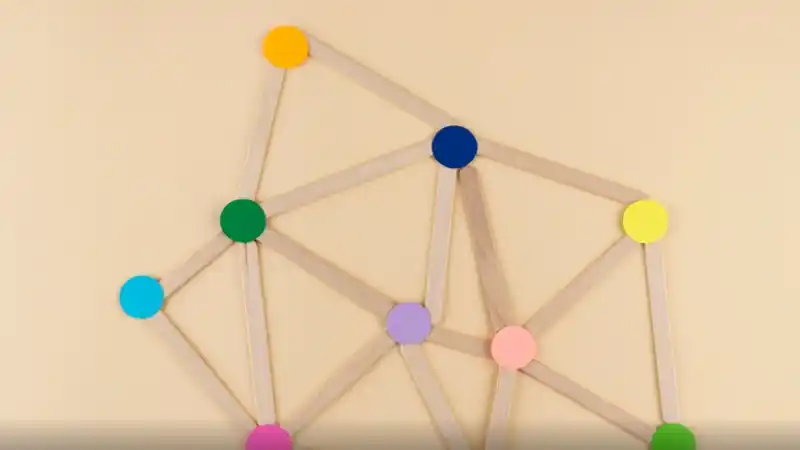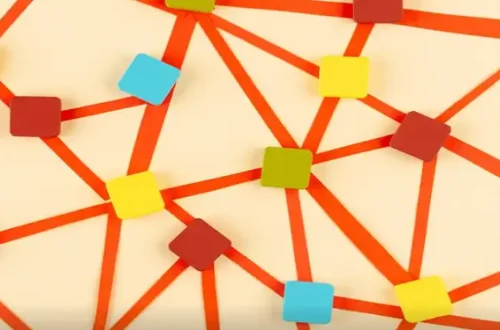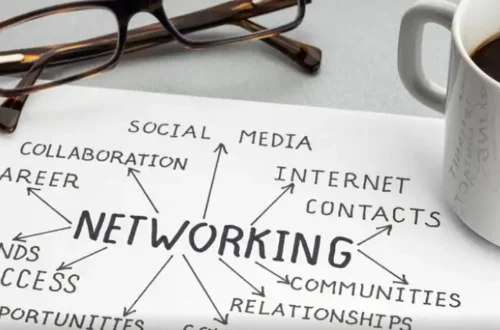The Connections game has become a popular pastime for people looking to challenge their minds, strengthen cognitive abilities, and foster creativity. Whether you’re playing on your phone or enjoying it with friends and family, the game encourages players to spot patterns, categorize information, and think critically. In this article, we’ll break down what the Connections game is, how to play it, and practical strategies to improve your performance.
What is the Connections Game?
The Connections game is a logic-based puzzle game where players must group words or items into categories that share common traits. It typically presents a set of 16 items, and the objective is to separate them into four groups, each containing four items that have a clear connection. The challenge lies in identifying these connections, as they may not always be immediately obvious.
Many different variations of the Connections game exist, but they all share a similar premise: to test your ability to identify patterns and categories quickly.
How to Play the Connections Game
To play the Connections game, follow these basic steps:
Step 1: Understand the Objective
Your goal is to categorize a set of 16 seemingly random words, objects, or phrases into four distinct groups based on common traits or relationships. Each group will have four items that logically belong together. The trick is to find connections between items that might not be obvious at first glance.
Step 2: Analyze the Items
The first step to success is analyzing the 16 items presented in the game. Look for patterns in their meanings, uses, or associations. Don’t be afraid to think outside the box, as the connections may be based on a variety of factors including:
- Categories: such as colors, animals, or places
- Common Themes: like historical figures, movies, or literature
- Synonyms or Antonyms: words that have similar meanings or opposites
- Associations: things that are commonly found together or belong to the same group in a specific context
Step 3: Begin Grouping
Once you have analyzed the items, begin grouping them based on your observations. You might have a sense of which words go together immediately, while others may require a bit more thought. You can often make educated guesses or use the process of elimination if you’re unsure.
Start by grouping items you feel confident about and test if other words can fit within those categories. If you’re stuck, take a break and return to the puzzle later with fresh eyes.
Step 4: Confirm Your Groups
Once you have your initial groupings, check each one to ensure the connections make sense. You may need to shuffle some items around as you fine-tune the categories. There is usually a logic to each solution, and part of the fun is figuring it out.
Step 5: Repeat the Process
If you’re playing a version of the Connections game with multiple rounds or puzzles, repeat the steps for each new set of items. With practice, you’ll improve your ability to quickly spot connections and become more efficient at grouping the items.
Tips and Strategies for Success
The Connections game can be challenging, especially as you advance to more difficult levels. Here are some practical strategies to help you improve your performance and solve puzzles with ease:
1. Think Broadly and Creatively
Sometimes, the best connections are the least obvious ones. Challenge yourself to think outside the box when grouping items. For example, the connection between four words may not immediately scream “animals,” but instead, they could be linked through a shared theme in popular culture, such as names from a specific book or movie. Broader thinking often leads to surprising connections.
2. Start with What You Know
If you recognize clear patterns from the start, group those words first. Starting with familiar or easily identifiable connections will reduce the complexity of the puzzle and give you a strong foundation to work from.
3. Use Process of Elimination
If you’re stuck, use the process of elimination to narrow down potential connections. Cross off words that don’t belong in certain groups, and you may find that the remaining items begin to form more distinct categories.
4. Look for Multiple Meanings
A word may have more than one meaning or association. For example, “Apple” could be a fruit, a tech company, or a reference to the Bible. Consider all possible meanings or uses when deciding on connections.
5. Use Online Tools and Apps for Practice
If you’re looking to improve your Connections game skills, consider using online tools or apps designed to help you practice. Some games allow you to play against the clock or with different difficulty levels, which can sharpen your critical thinking and pattern recognition skills.
6. Work With Others
Playing the Connections game with friends or family members can be a fun way to approach the puzzle. Group problem-solving can lead to different perspectives and help you discover connections you might not have considered on your own.
The Cognitive Benefits of Playing the Connections Game
Playing the Connections game is more than just a fun activity—it also offers several cognitive benefits that can improve your problem-solving and critical thinking skills. Here are a few reasons why engaging in this type of game can be beneficial:
1. Enhances Pattern Recognition
One of the key skills developed while playing the Connections game is pattern recognition. Identifying relationships between words or concepts is a crucial cognitive skill that can be applied to various real-world situations, from solving problems at work to making decisions in daily life.
2. Boosts Creativity and Cognitive Flexibility
Since connections can be based on many different factors, the game forces players to think creatively and flexibly. This can enhance cognitive flexibility, making it easier to switch between different ways of thinking when faced with complex problems.
3. Improves Memory
While the game focuses on recognizing patterns, it also encourages memory use. Remembering the meaning or context of words and their relationships helps improve short-term memory and recall.
4. Promotes Social Interaction
Whether you’re playing in a group or online with others, the Connections game encourages social interaction. Working as a team to figure out the connections can foster collaboration and help build communication skills.
Conclusion: Why You Should Play the Connections Game
The Connections game is an enjoyable and mentally stimulating activity that provides both entertainment and cognitive benefits. By developing pattern recognition, critical thinking, and memory, the game can help improve your overall cognitive abilities. Whether you’re playing solo or with friends, the game offers a unique and challenging way to keep your mind sharp.
By following the steps and strategies outlined in this article, you’ll improve your ability to spot connections quickly and efficiently. So the next time you’re faced with a set of 16 items, take a moment to analyze, categorize, and connect your way to success. Happy puzzling!





